 "ttyymmnn" (ttyymmnn)
"ttyymmnn" (ttyymmnn)
02/23/2018 at 12:35 • Filed to: wingspan, Planelopnik, TDIAH
 13
13
 15
15
 "ttyymmnn" (ttyymmnn)
"ttyymmnn" (ttyymmnn)
02/23/2018 at 12:35 • Filed to: wingspan, Planelopnik, TDIAH |  13 13
|  15 15 |
!!! UNKNOWN CONTENT TYPE !!!
Welcome to
This Date in Aviation History
, getting of you caught up on milestones, important historical events and people in aviation from February 21 through February 23.
!!! UNKNOWN CONTENT TYPE !!!
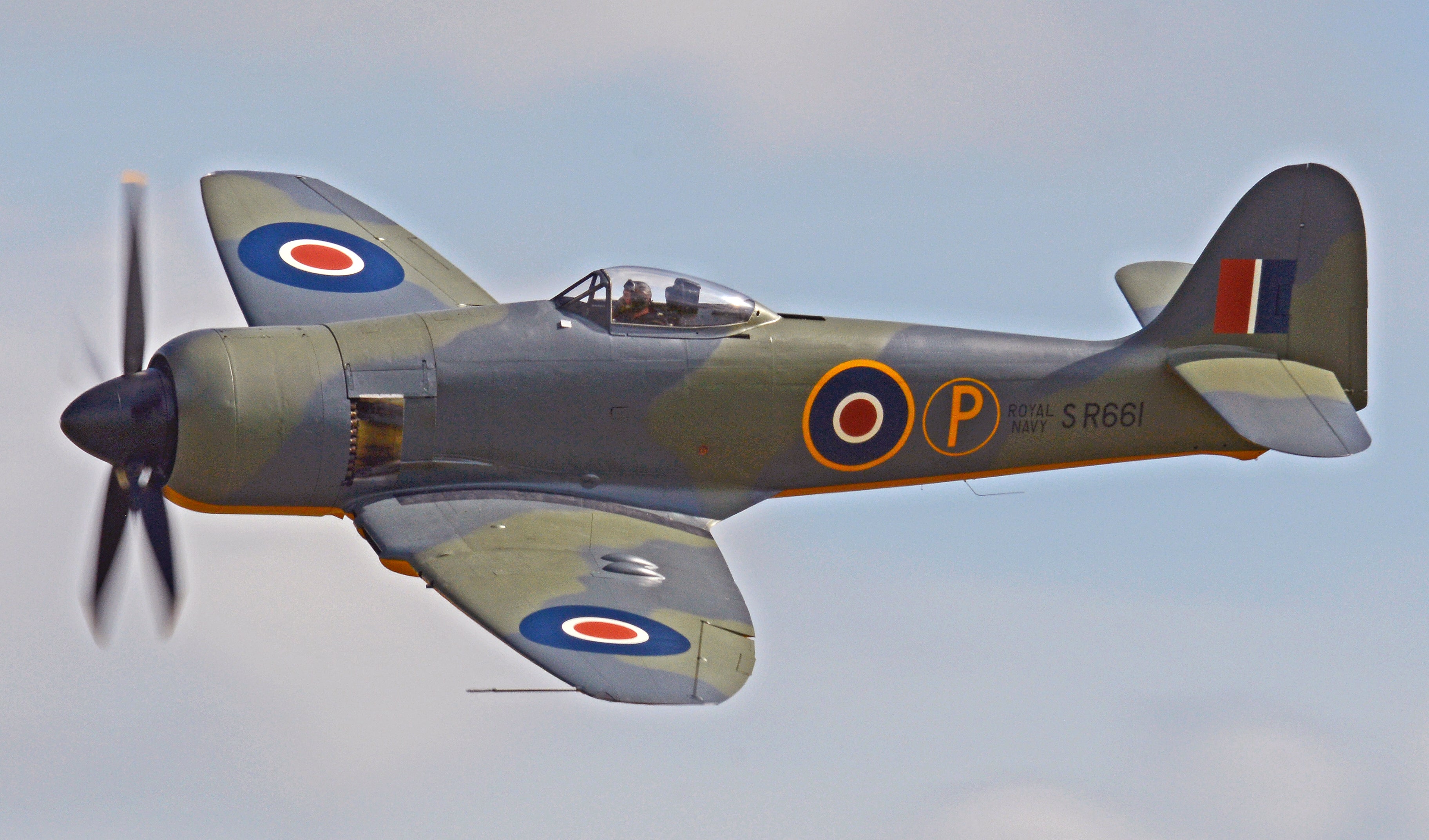
February 21, 1945 – The first flight of the Hawker Sea Fury.
Though the US Navy’s carrier fleets garner much of the attention for their exploits in the Pacific during WWII, the British Royal Navy also operated aircraft carriers in both the European and Pacific theaters of war. In Europe, the carriers sailed as far north as the Arctic Circle, where they harassed German shipping and U-boat operations, and also carried out operations throughout the Mediterranean Sea against Axis forces in southern Europe and North Africa. The
!!!error: Indecipherable SUB-paragraph formatting!!!
, consisting of six fleet carriers and 15 smaller carriers, was one of the largest British fleets ever assembled. Flying from these carriers was a wide mix of aircraft, from the biplane
!!!error: Indecipherable SUB-paragraph formatting!!!
torpedo bomber to a more modern mix of American- and British-built aircraft. Two of the dominant land-based British fighters, the
!!!error: Indecipherable SUB-paragraph formatting!!!
and
!!!error: Indecipherable SUB-paragraph formatting!!!
, had been adapted to naval use, but the results were mixed. Neither aircraft had been designed specifically for the specialized needs of carrier operations. But what would eventually become the best British carrier aircraft to come out of the war had its basis in a design for the Royal Air Force.
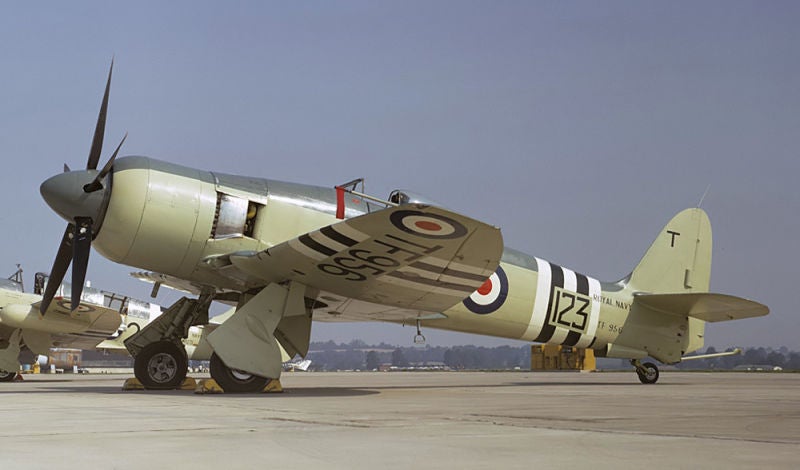
Development of the land-based Hawker Fury began in 1942, as the RAF sought a successor to both the !!!error: Indecipherable SUB-paragraph formatting!!! fighter and the !!!error: Indecipherable SUB-paragraph formatting!!! fighter bomber. By 1943, the Air Ministry formalized the development work already done by Hawker by issuing Specification F.2/43 which called for a fighter with a high rate of climb, good maneuverability and a maximum speed of at least 450 mph at 22,000 feet. The specification also called for four !!!error: Indecipherable SUB-paragraph formatting!!! cannons set in the wings along with the capability of carrying two bombs of up to 1,000 pounds each. Around the same time, Hawker had also received a request for a new carrier-based fighter, and famed Hawker designer !!!error: Indecipherable SUB-paragraph formatting!!! saw an opportunity to develop the Fury into both a land-based and carrier-based fighter. The RAF version would be called the Fury, while the Royal Navy version would be called the Sea Fury.
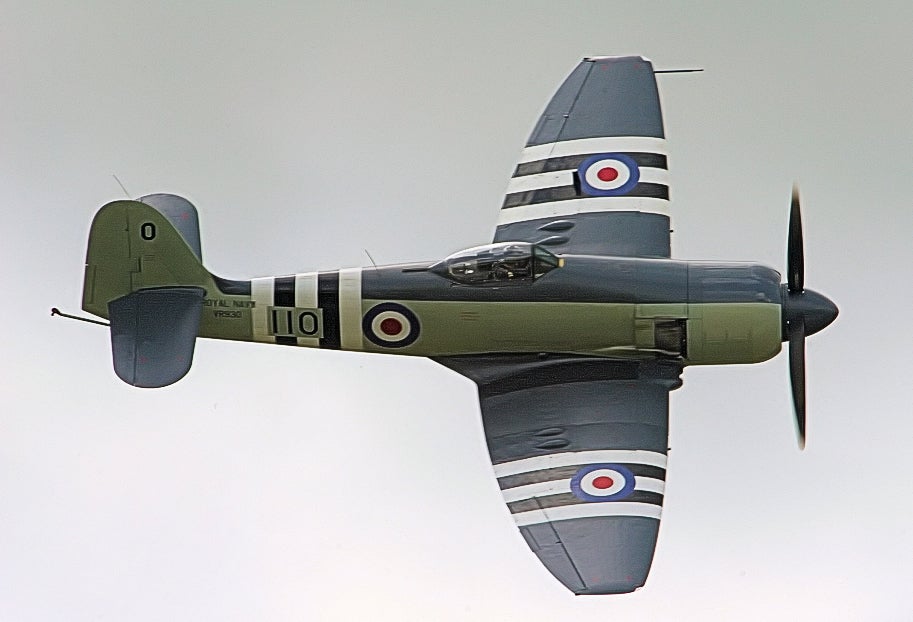
With the end of the war in 1945, the RAF began putting their efforts into the development of new jet fighters, and they pulled out of the Fury project. The Royal Navy, however, had fought the war with a combination of lend-lease aircraft that would need to be returned or purchased outright, as well as the !!!error: Indecipherable SUB-paragraph formatting!!! , a carrier-based version of the !!!error: Indecipherable SUB-paragraph formatting!!! that never quite worked out, as it had been designed first as a land-based fighter and had significant structural weaknesses that were never completely rectified. So development of the Sea Fury went ahead, and its introduction in October 1945 made it the last piston-powered fighter to enter Royal Navy Service. Since the Sea Fury had begun as a fighter for the RAF, the first prototype was fitted with an arrestor hook but did not have folding wings necessary for carrier storage. This was rectified in the second prototype, and a new five-bladed propeller was added. Production Sea Furies were powered by a !!!error: Indecipherable SUB-paragraph formatting!!! 18-cylinder twin-row radial engine that produced 2,480 hp, and its top speed of 460 mph made it one of the fastest piston-powered fighters ever produced.
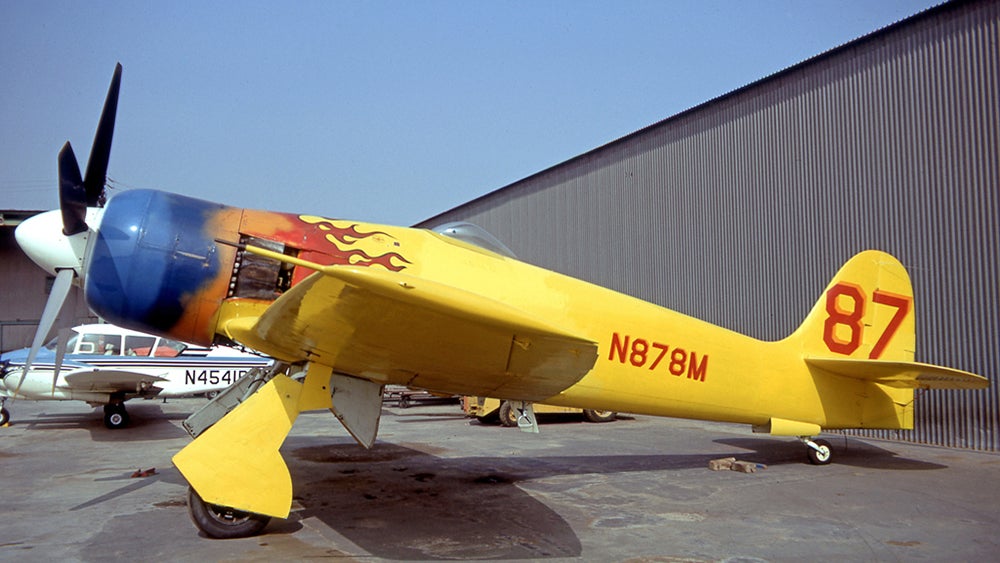
A Sea Fury modified for air racing
Though the Sea Fury arrived too late for service in WWII, it became the primary fighter/bomber for the postwar Royal Navy, and saw action over Korea as part of the British forces fighting with the United Nations. There, it served as a potent ground attack aircraft and also performed combat air patrols. On August 8, 1952, !!!error: Indecipherable SUB-paragraph formatting!!! shot down a Chinese !!!error: Indecipherable SUB-paragraph formatting!!! , becoming one of the few pilots to destroy a jet fighter while flying a propeller fighter. The Sea Fury was also widely exported, and was flown by Cuban exiles during the !!!error: Indecipherable SUB-paragraph formatting!!! in 1961. The Sea Fury was eventually phased out by the mid-1950s and replaced with jet-powered aircraft, but its powerful engine and excellent maneuverability made the remaining aircraft popular in the hands of civilian pilots, and a number are still flying today on the air show circuit or as modified air racers. (Photo by Allen Wilson via !!!error: Indecipherable SUB-paragraph formatting!!! ; photo by Mike Freer via !!!error: Indecipherable SUB-paragraph formatting!!! ; photo by Tim Felce via !!!error: Indecipherable SUB-paragraph formatting!!! ; photo by RuthAS via !!!error: Indecipherable SUB-paragraph formatting!!! )
!!! UNKNOWN CONTENT TYPE !!!
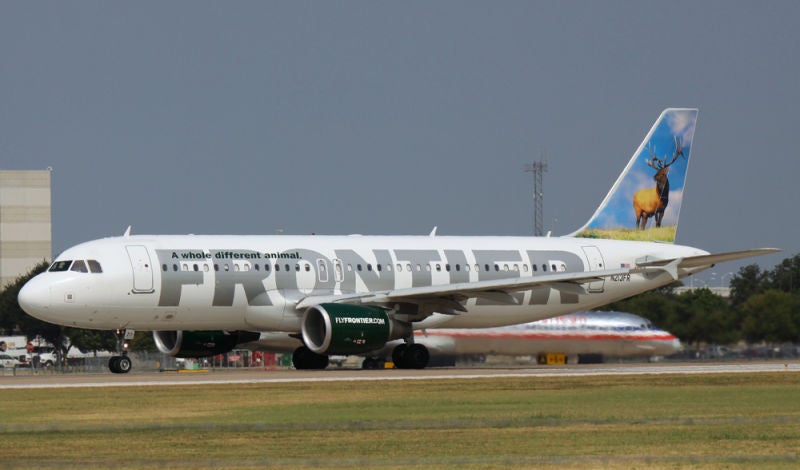
February 22, 1987 – The first flight of the Airbus A320. By the mid-1960s, the international airliner industry was dominated by American companies !!!error: Indecipherable SUB-paragraph formatting!!! , !!!error: Indecipherable SUB-paragraph formatting!!! and !!!error: Indecipherable SUB-paragraph formatting!!! . European manufacturers had developed some innovative aircraft, but production runs were small, and there was no sign of European companies making a significant entry into the airliner market. But by the late 1960s, airliner manufacturers in France, England and West Germany, with critical government backing, dedicated themselves to challenging American dominance, and !!!error: Indecipherable SUB-paragraph formatting!!! was formed in 1970 (the name Airbus is a generic term for an airliner, and it was first coined by Hawker Siddeley in 1959 for a passenger version of the !!!error: Indecipherable SUB-paragraph formatting!!! ).
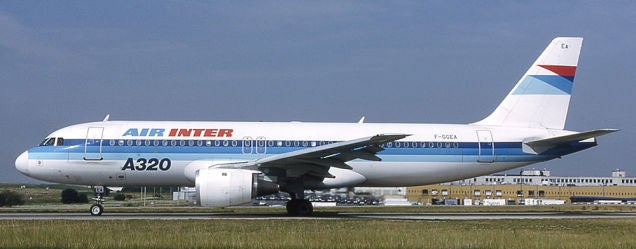
An Air Inter A320-100, one of only 21 early A320s built. Note the lack of the triangular wingtip fence that would be a trademark of the A320-200 and subsequent variants.
The first aircraft to come out of the partnership was the !!!error: Indecipherable SUB-paragraph formatting!!! , which took its maiden flight in 1972. The A300 was the world’s first twin-engined widebody airliner and seated up to 266 passengers. But with relatively slow sales, it was clear that what was required for the developing European airliner industry was a smaller, short- to medium-range airliner with reduced seating capacity to feed passengers into larger airports as part of a hub-and-spoke system, and Airbus began considering a new airliner that could compete directly with the widely popular !!!error: Indecipherable SUB-paragraph formatting!!! and !!!error: Indecipherable SUB-paragraph formatting!!! .
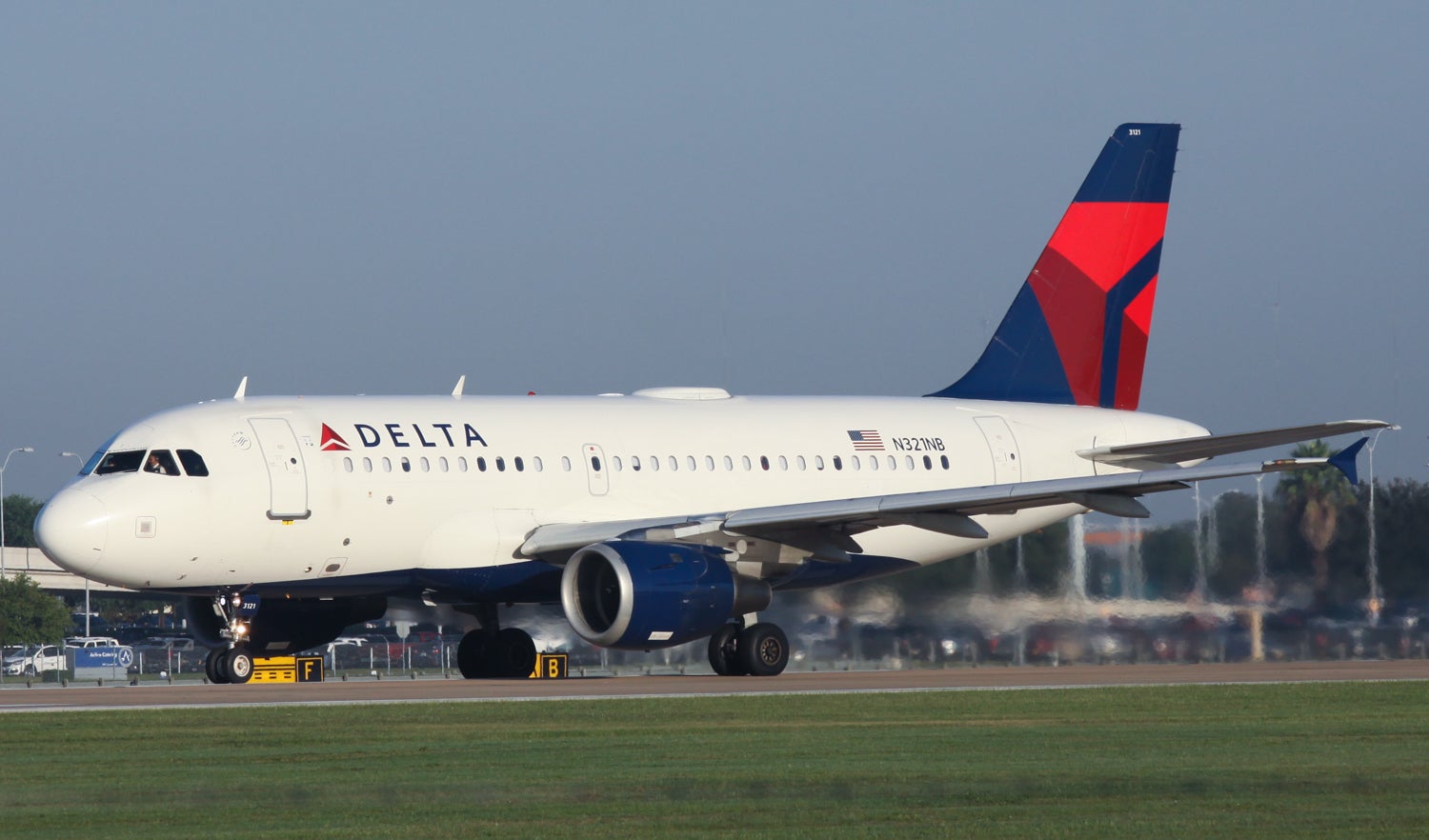
Delta Air Lines A319
After considering a myriad of different configurations, Airbus focused on an airliner to satisfy the 125- to 180-seat market powered by a pair of efficient
!!!error: Indecipherable SUB-paragraph formatting!!!
high-bypass turbofan engines. But Airbus didn’t have their sights set on a single airliner. They actually envisioned a family of three separate narrow-body, single-aisle airliners. The first to be developed was dubbed the A320, and it was in the middle of the passenger capacity range. Working with Delta Air Lines, Airbus first planned for an airliner that could carry 150 passengers at a distance of 3,280 miles. They also planned for the airliner to be just under one foot wider than the
!!!error: Indecipherable SUB-paragraph formatting!!!
and
!!!error: Indecipherable SUB-paragraph formatting!!!
to increase its chances of competing successfully with the 737. The A320’s overall shape was also more aerodynamically efficient than the 737 and
!!!error: Indecipherable SUB-paragraph formatting!!!
, and also slightly faster. At its launch, the A320 was one of the world’s most advanced airliners and the first to employ digital
!!!error: Indecipherable SUB-paragraph formatting!!!
technology, something that had up to that time been been reserved for military aircraft. In another nod to military aircraft design, the A320 traded the traditional pilot’s
!!!error: Indecipherable SUB-paragraph formatting!!!
for a side joystick control.
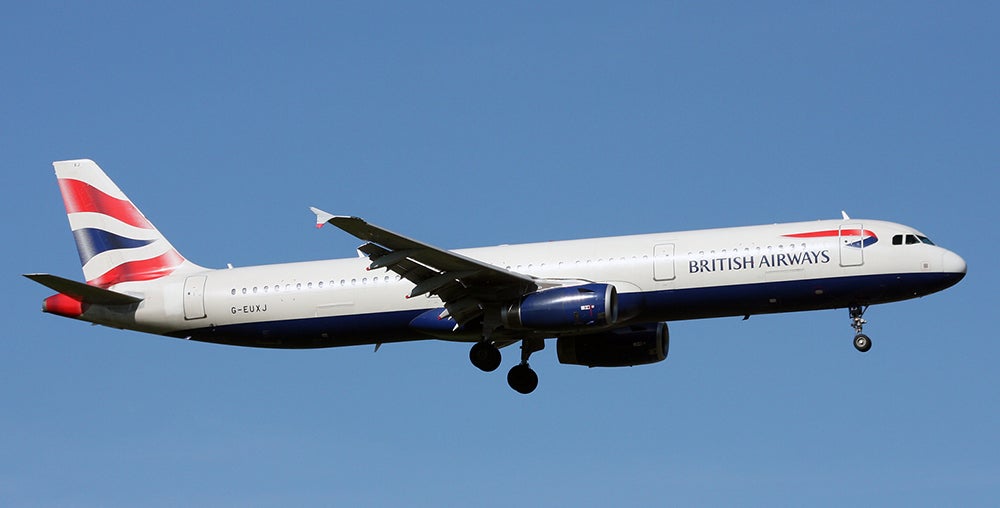
British Airways Airbus A321
The first A320 was rolled out on February 14, 1987, and even before the first A320 took to the skies, Airbus had more than 400 orders, with many more to come. Air France took delivery of the first A320 on March 26, 1988, and the airliner entered service soon after. With the launch of the A320, Airbus had firmly solidified its position as a major, world-class developer of commercial airliners. Adhering to the initial plan, the A320 was subsequently stretched into the !!!error: Indecipherable SUB-paragraph formatting!!! with accommodations for up to 236 passengers in a single-class configuration, and shortened into the !!!error: Indecipherable SUB-paragraph formatting!!! and the !!!error: Indecipherable SUB-paragraph formatting!!! , with capacity for 156 and 132 passengers respectively. Further developments include the !!!error: Indecipherable SUB-paragraph formatting!!! (new engine option) with more efficient engines and the addition of !!!error: Indecipherable SUB-paragraph formatting!!! , called Sharklets by Airbus, which increase range and decrease fuel consumption by as much as four percent. The Sharklets were then retrofitted to older airliners. The A320 is now the world’s best-selling single-aisle family of aircraft and, as of !!!error: Indecipherable SUB-paragraph formatting!!! , a total of 7,979 aircraft of the family that started with the A320 have been built, with 7,630 in service with over 330 airlines worldwide. (Photo by the author; Photo by Michel Gilliand via !!!error: Indecipherable SUB-paragraph formatting!!! ; photo by the author; photo by Kambui via !!!error: Indecipherable SUB-paragraph formatting!!! )
!!! UNKNOWN CONTENT TYPE !!!
Short Takeoff
!!! UNKNOWN CONTENT TYPE !!!
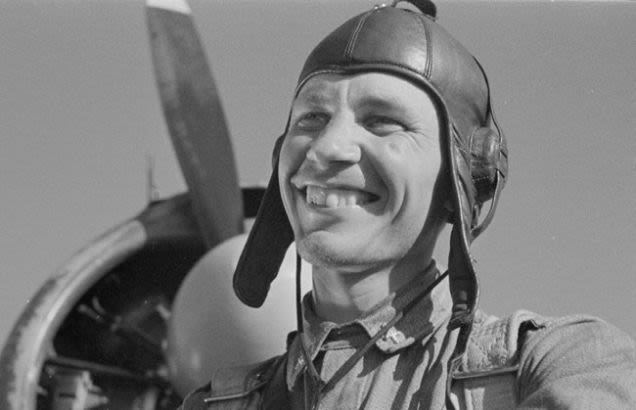
February 21, 1999 – The death of Eino Imari Juutilainen, the greatest ace of the Finnish Air Force ( Ilmavoimat ). By the end of the Finnish wars with Russia (1939–40 and 1941–44), Juutilainen had 94 confirmed victories (he claimed 126) in 437 sorties, making him the leading non-German ace of WWII. Juutilainen finished the war without a single enemy hit to his airplane, and he never lost a wingman in combat. He also scored the first kill by a Finnish fighter directed by radar when he destroyed a !!!error: Indecipherable SUB-paragraph formatting!!! after being guided to the target by a German radar operator. Juutilainen was twice awarded the !!!error: Indecipherable SUB-paragraph formatting!!! , the highest Finnish military decoration. Juutilainen served in the Ilmavoimat until 1947, then flew as a professional pilot until 1956. His final flight was in 1997 in a two-seat !!!error: Indecipherable SUB-paragraph formatting!!! of the Finnish Air Force. (Photo via !!!error: Indecipherable SUB-paragraph formatting!!! )
!!! UNKNOWN CONTENT TYPE !!!
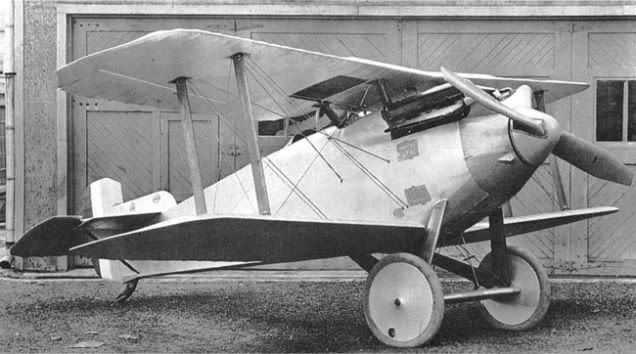
February 21, 1919 – The first flight of the Thomas-Morse MB-3,
a biplane fighter manufactured by
!!!error: Indecipherable SUB-paragraph formatting!!!
for the US Army Air Service. In 1919, the USAAS requested a new fighter to replace the French
!!!error: Indecipherable SUB-paragraph formatting!!!
that would be powered by the Wright-Hispano H engine, a license-built
!!!error: Indecipherable SUB-paragraph formatting!!!
. Though designed by Thomas-Morse, the company was underbid by Boeing for the Army production contract because Boeing could manufacture the fighter more economically. Despite serious teething problems with the new fighter, the MB-3 served as the backbone of USAAS fighter squadrons from 1922-1925, and a total of 265 MB-3s were built before the type was retired.
(Photo author unknown)
!!! UNKNOWN CONTENT TYPE !!!
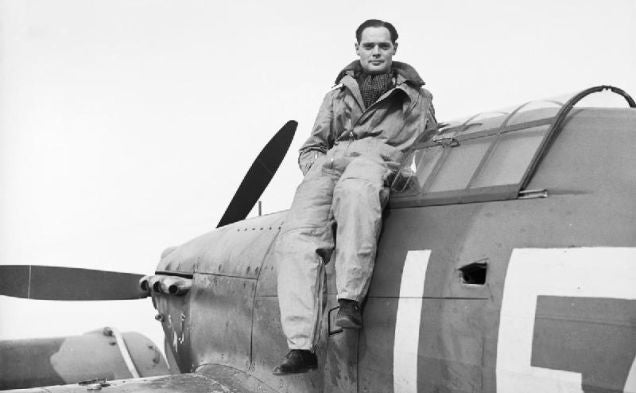
February 21, 1910 – The birth of Douglas Bader, an RAF fighter ace during WWII who was credited with 22 confirmed victories, 4 shared victories and 11 damaged enemy aircraft. Despite the loss of both of his legs in an aerobatic crash in 1931, Bader rejoined the RAF at the start of WWII and scored victories in the air over Dunkirk. He also took part in the !!!error: Indecipherable SUB-paragraph formatting!!! . In August 1941, Bader was forced to bail out of his fighter over France and was captured. However, despite of his disability, he made numerous escape attempts and was eventually transferred to !!!error: Indecipherable SUB-paragraph formatting!!! , where he remained imprisoned until the end of the war. Bader continued flying after the war until poor health forced him to quit flying in 1979. For his war service, Bader was awarded the !!!error: Indecipherable SUB-paragraph formatting!!! , the !!!error: Indecipherable SUB-paragraph formatting!!! and !!!error: Indecipherable SUB-paragraph formatting!!! . Bader died of a heart attack on September 5, 1982. (Imperial War Museum photo)
!!! UNKNOWN CONTENT TYPE !!!
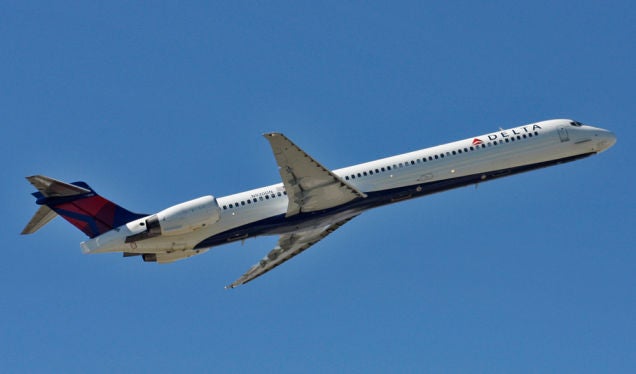
February 22, 1993 – The first flight of the McDonnell Douglas MD-90. Following the success of the !!!error: Indecipherable SUB-paragraph formatting!!! series of airliners, which had been based on the earlier !!!error: Indecipherable SUB-paragraph formatting!!! , the MD-90 was the next stage of the airliner’s development, featuring a further stretched fuselage and more fuel-efficient engines. The MD-90 is five feet longer than the MD-88 and is powered by quieter !!!error: Indecipherable SUB-paragraph formatting!!! high-bypass turbofan engines which provide greater range and decreased fuel consumption. The flight deck was also updated with an electronic flight instrument system and LED displays. The MD-90 entered service in 1995 with Delta Air Lines and seats up to 172 passengers in a single-class configuration. Production of the MD-90 ended in 2000 after a total of 116 were built, with the last airliner delivered to Saudi Arabian Airlines. (Photo by the author)
!!! UNKNOWN CONTENT TYPE !!!
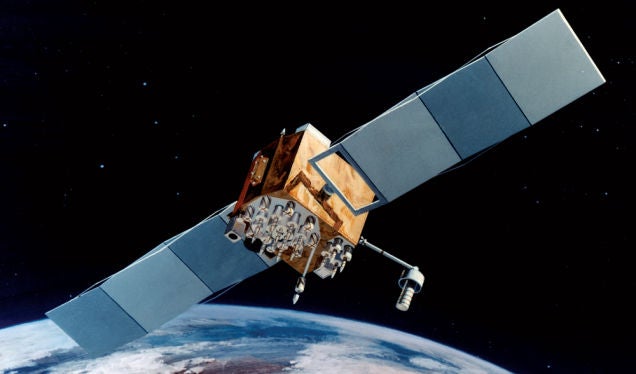
February 22, 1978 – The launch of OPS 5111 (also known as Navstar-1), the first satellite in the Global Positioning System. The !!!error: Indecipherable SUB-paragraph formatting!!! (GPS) is made up of 24 satellites positioned in six Earth-centered orbital planes, each orbiting the Earth twice a day. Available in all weather conditions, the system provides geographic location within two meters and time information at any point on the Earth’s surface where there is unobstructed line of sight to any four satellites. Based on the US military program called NAVSTAR (Navigation System Using Timing and Ranging), GPS was initially intended for military use only, but the system was opened to the public by President Ronald Reagan after !!!error: Indecipherable SUB-paragraph formatting!!! had strayed off course and was shot down by the Soviet Union in 1983. (US Air Force illustration)
!!! UNKNOWN CONTENT TYPE !!!
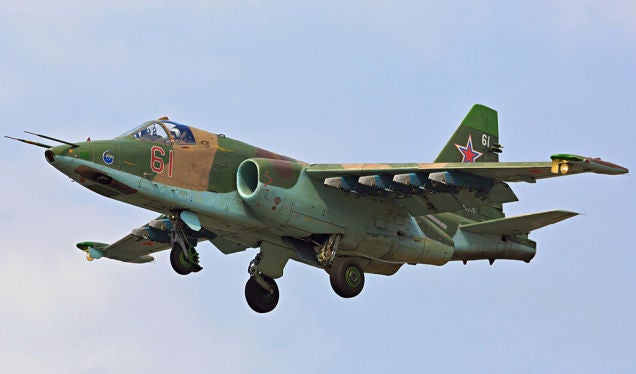
February 22, 1975 – The first flight of the Sukhoi Su-25. The Su-25, NATO reporting name Frogfoot , is a close air support aircraft developed in the late 1960s to support Soviet ground forces. Inspired by the !!!error: Indecipherable SUB-paragraph formatting!!! tank buster of WWII, the Su-25 is analogous in mission to the !!!error: Indecipherable SUB-paragraph formatting!!! and entered service in July 1981 during the Soviet !!!error: Indecipherable SUB-paragraph formatting!!! . Armed with a single GSh-30-2 30mm cannon and capable of carrying 8,800 pounds of external stores, the Su-25 has seen action in many conflicts during its 35 years of service, including recent missions in support of the Assad regime in the !!!error: Indecipherable SUB-paragraph formatting!!! . The Su-25 has been produced in numerous variants, including a two-seat trainer version, and has received continuous upgrades in avionics and weapons capabilities since its introduction. Over 1,000 have been built to date, and the Su-25 remains in production. (Photo by Fedor Leukhin via !!!error: Indecipherable SUB-paragraph formatting!!! )
!!! UNKNOWN CONTENT TYPE !!!
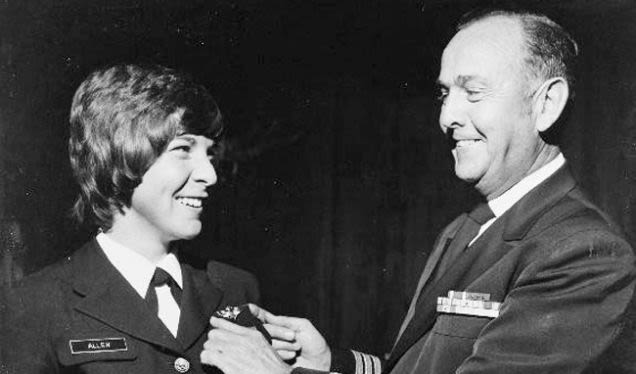
February 22, 1974 – US Navy LTJG Barbara Ann Allen becomes the first female aviator in the US Armed Forces and the first woman to be qualified as a military jet pilot
. Allen and seven other female classmates entered US Naval Flight Training School on March 2, 1973 and Allen was the first in her class to be awarded her wings. She was first certified to fly the
!!!error: Indecipherable SUB-paragraph formatting!!!
, then became the first jet-qualified female pilot when she qualified to pilot the
!!!error: Indecipherable SUB-paragraph formatting!!!
. After marrying, Allen (now Rainey) entered the Naval Reserves, where she qualified on the
!!!error: Indecipherable SUB-paragraph formatting!!!
. In 1977, due to a shortage of instructor pilots, Rainey returned to active duty as an instructor on the
!!!error: Indecipherable SUB-paragraph formatting!!!
, but was killed in a training crash on July 13, 1982 while practicing touch-and-go landings with a student pilot.
(US Navy photo)
!!! UNKNOWN CONTENT TYPE !!!
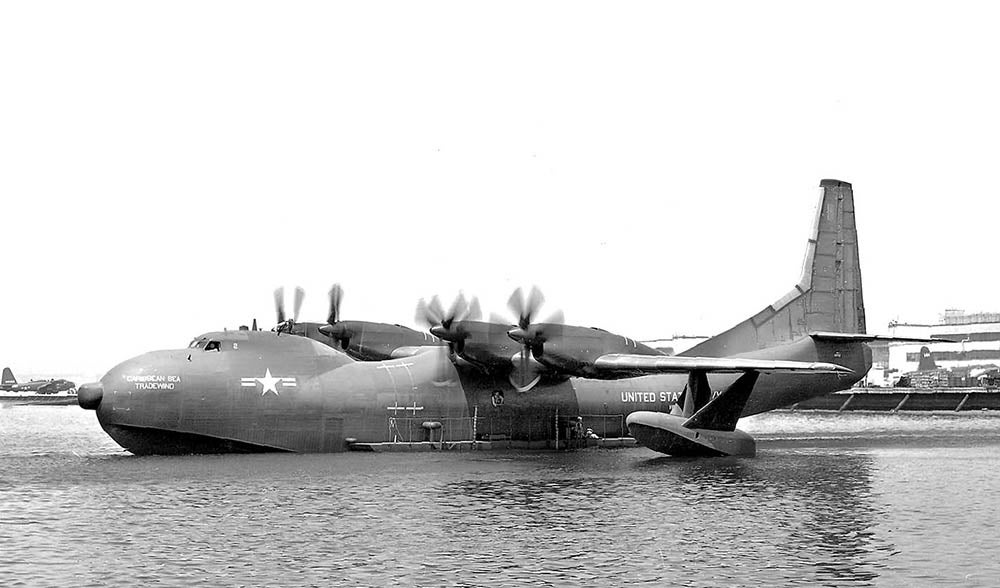
February 22, 1954 – The first flight of the Convair R3Y Tradewind, a turboprop-powered flying boat developed by !!!error: Indecipherable SUB-paragraph formatting!!! to take advantage of postwar advances in aircraft construction and engine technologies. The Tradewind featured a !!!error: Indecipherable SUB-paragraph formatting!!! wing and was powered by four !!!error: Indecipherable SUB-paragraph formatting!!! turboprops turning six-bladed contra-rotating propellers. With a hinged nose that allowed loading of large cargo, the Tradewind served as a strategic airlifter, and also performed transport duties for the US Navy. Six aircraft were converted to the R3Y-2, an aerial refueling aircraft capable of refueling four aircraft at once. Only 13 Tradewinds were built, and the program was canceled after continued problems with the Allison engines caused a number of fatal crashes due to engine failure. All the remaining aircraft were grounded in 1958 and eventually scrapped. (Photo by Bill Larkins via !!!error: Indecipherable SUB-paragraph formatting!!! )
!!! UNKNOWN CONTENT TYPE !!!
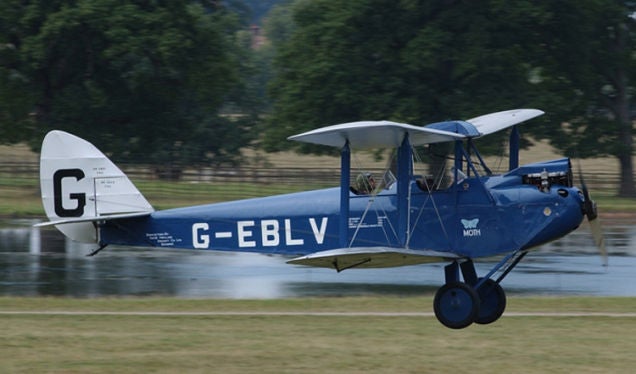
February 22, 1925 – The first flight of the de Havilland DH.60 Moth, a two-seat touring and training biplane developed by !!!error: Indecipherable SUB-paragraph formatting!!! from the larger, three-seat !!!error: Indecipherable SUB-paragraph formatting!!! biplane. The DH.60 was the first in a long line of derivative aircraft and was operated extensively by British flying clubs, a popularity due in large part to its folding wings which allowed the Motht to be stored in smaller hangars. The Moth also served as a military trainer, with the RAF eventually flying a total of 124 DH.60M (Metal Moth) variants that featured a metal fuselage. The Moth was widely exported to foreign air forces, where it served as a primary flight trainer in 31 countries. With the addition of a more powerful !!!error: Indecipherable SUB-paragraph formatting!!! 4-cylinder engine, it became known as the Gipsy Moth, and others were fitted with floats for use as a seaplane. (Photo by Steven Byles via !!!error: Indecipherable SUB-paragraph formatting!!! )
!!! UNKNOWN CONTENT TYPE !!!
February 23, 2008 – A Northrop Grumman B-2 Spirit bomber crashes at Andersen Air Force Base in Guam. The !!!error: Indecipherable SUB-paragraph formatting!!! belonging to the 393rd Bomb Squadron, 509th Bomb Wing based at Whiteman Air Force Base in Missouri experienced an uncommanded 30-degree nose-high pitch up during takeoff which led to a stall and crash of the $1.4 billion bomber. Both crew members ejected; the pilot was uninjured, but the co-pilot suffered a spinal compression fracture from the ejection. The cause of the crash was traced to moisture that collected in the air data sensors following a night of heavy rain which gave the flight computer incorrect altitude and windspeed data. It remains the only crash of the B-2 bomber, and the most expensive write off in the history of the US Air Force. (US Air Force video)
!!! UNKNOWN CONTENT TYPE !!!
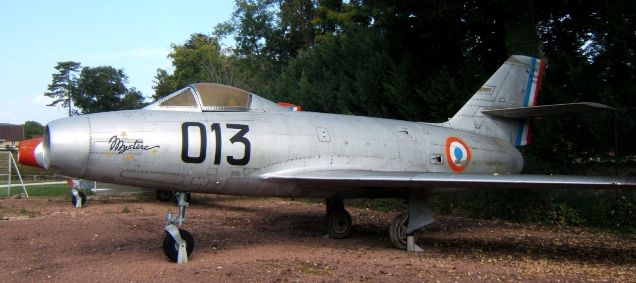
February 23, 1951 – The first flight of the Dassault Mystère, a fighter-bomber built by the French firm Dassault as a swept-wing development of the earlier !!!error: Indecipherable SUB-paragraph formatting!!! . Prototypes of the Mystère were powered by an upgraded !!!error: Indecipherable SUB-paragraph formatting!!! centrifugal-flow turbojet in place of the Ouragan’s !!!error: Indecipherable SUB-paragraph formatting!!! , while production models of the Mystère were powered by a !!!error: Indecipherable SUB-paragraph formatting!!! axial-flow turbojet. Armed with two 30mm cannons, rocket pods and up to 2,000 pounds of bombs, the Mystère entered service with the French Air Force in 1954, though it never saw combat. Nevertheless, the Mystère was an important step in the development of modern French jet fighters. (Photo by Groumfy69 via !!!error: Indecipherable SUB-paragraph formatting!!! )
!!! UNKNOWN CONTENT TYPE !!!
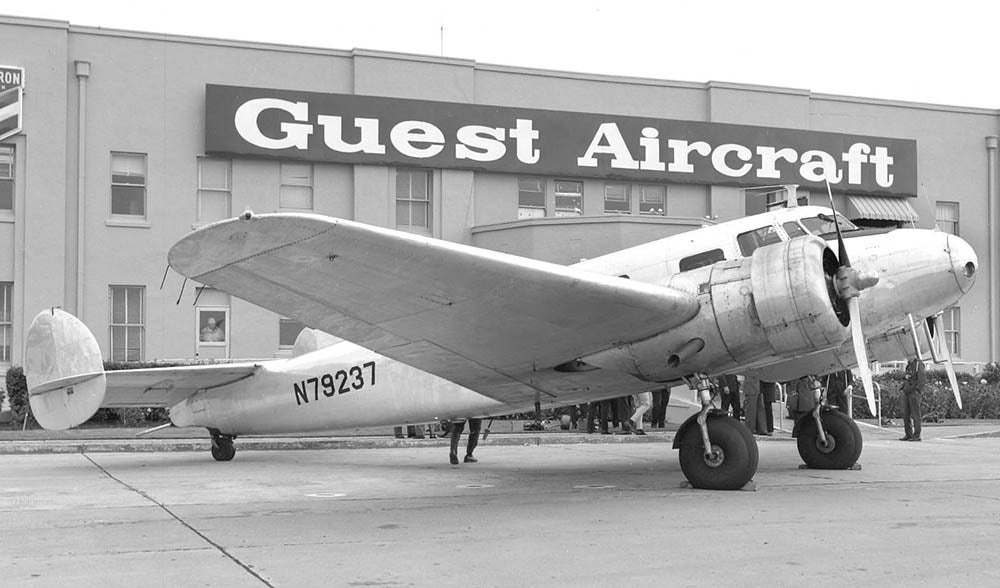
February 23, 1934 – The first flight of the Lockheed Model 10 Electra, Lockheed’s first twin-engine, all-metal monoplane airliner that was developed from the single engine !!!error: Indecipherable SUB-paragraph formatting!!! to compete with the !!!error: Indecipherable SUB-paragraph formatting!!! and !!!error: Indecipherable SUB-paragraph formatting!!! . The Model 10 suffered from early problems with stability, problems that were solved by a brilliant young engineer named !!!error: Indecipherable SUB-paragraph formatting!!! , who would later lead Lockheed’s famous !!!error: Indecipherable SUB-paragraph formatting!!! . Following the US ban on single-engine passenger aircraft, the Electra became one of the more popular new aircraft with the budding airline industry, and many Electras were also flown by private pilots, including !!!error: Indecipherable SUB-paragraph formatting!!! . Earhart was flying an Electra when she disappeared during her attempt to circumnavigate the globe. A total of 149 Model 10s were produced. (Photo by Bill Larkins via !!!error: Indecipherable SUB-paragraph formatting!!! )
!!! UNKNOWN CONTENT TYPE !!!
Connecting Flights
!!! UNKNOWN CONTENT TYPE !!!
!!! UNKNOWN CONTENT TYPE !!!
!!! UNKNOWN CONTENT TYPE !!!
!!! UNKNOWN CONTENT TYPE !!!
!!! UNKNOWN CONTENT TYPE !!!
If you enjoy these Aviation History posts, please let me know in the comments. And if you missed any of the past articles, you can find them all at
!!!error: Indecipherable SUB-paragraph formatting!!!
. You can also find more stories about aviation, aviators and airplane oddities at
!!!error: Indecipherable SUB-paragraph formatting!!!
.
!!! UNKNOWN CONTENT TYPE !!!
 MonkeePuzzle
> ttyymmnn
MonkeePuzzle
> ttyymmnn
02/23/2018 at 12:41 |
|
this livery really makes it look like the plane is bent
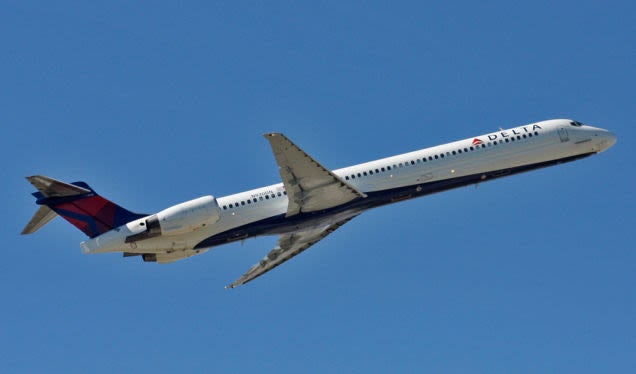
 MonkeePuzzle
> MonkeePuzzle
MonkeePuzzle
> MonkeePuzzle
02/23/2018 at 12:42 |
|
it’s no wonder that dazzle camouflage was so effective when my eye is so easily fooled
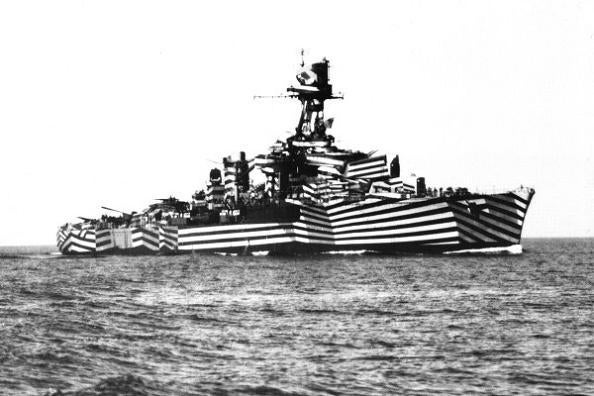
 user314
> ttyymmnn
user314
> ttyymmnn
02/23/2018 at 13:11 |
|
The Tradewind is such an unconventional looking flying boat, I can’t help but love it.
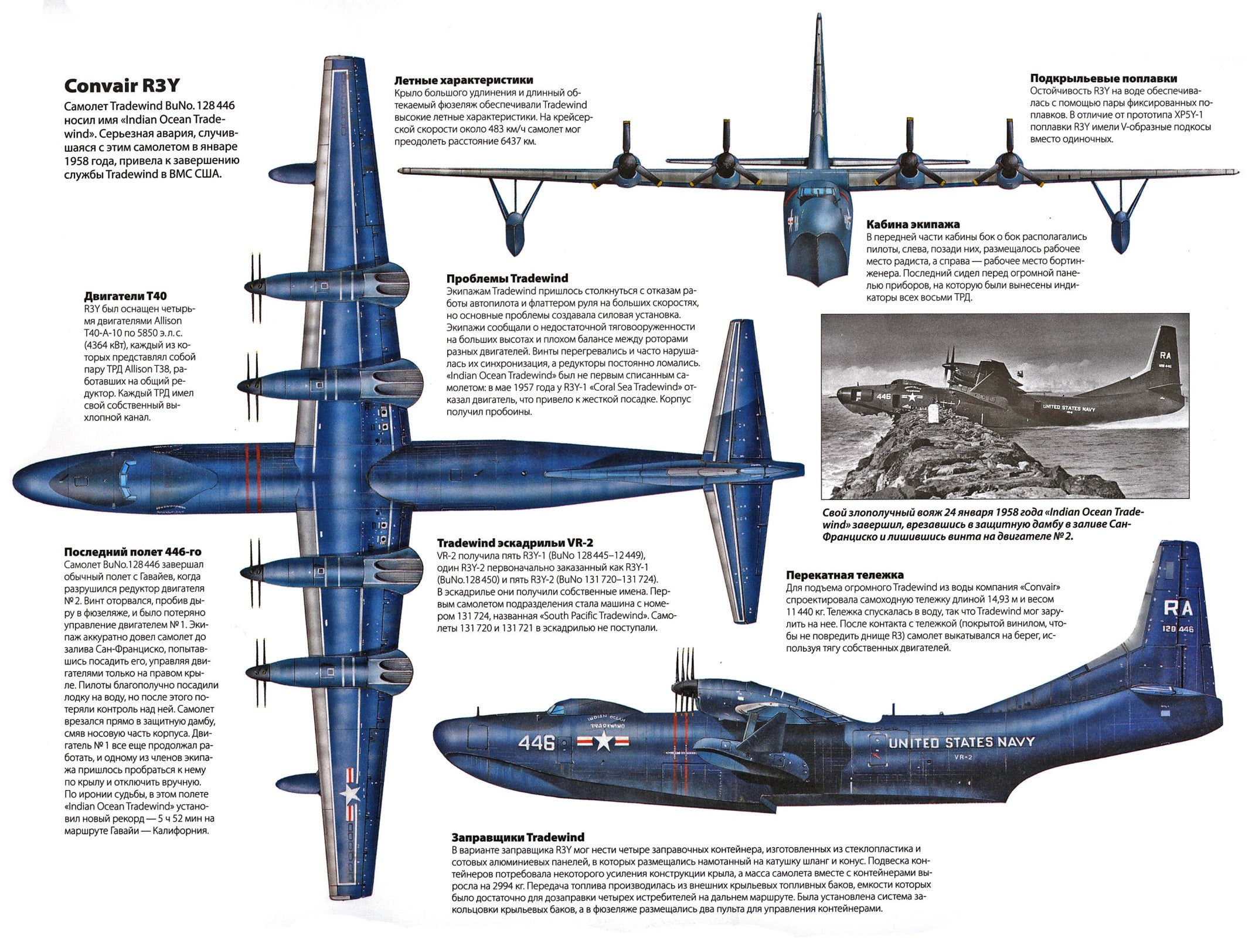
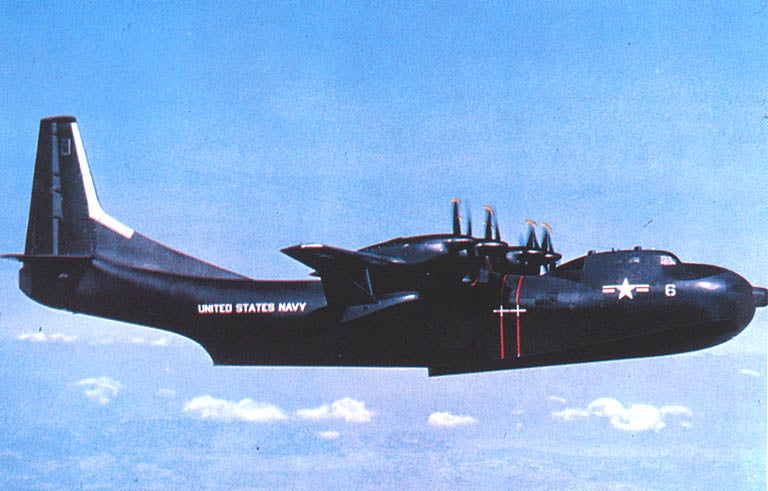
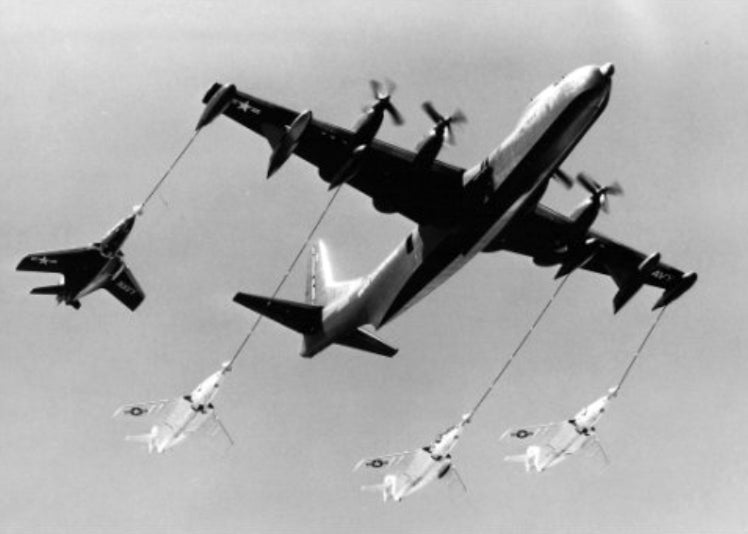
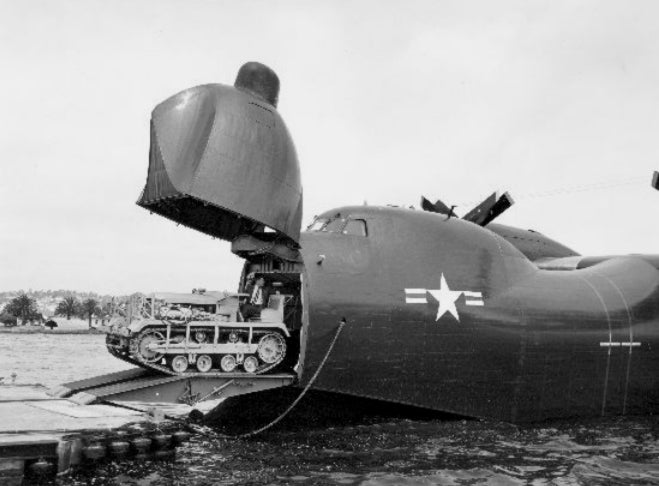
Shame it was weighed down by that shitbox T-40 (which never powered a successful airplane), and that they didn’t, or couldn’t, replace it with a better engine.
 facw
> ttyymmnn
facw
> ttyymmnn
02/23/2018 at 13:14 |
|
Toasty B-2:
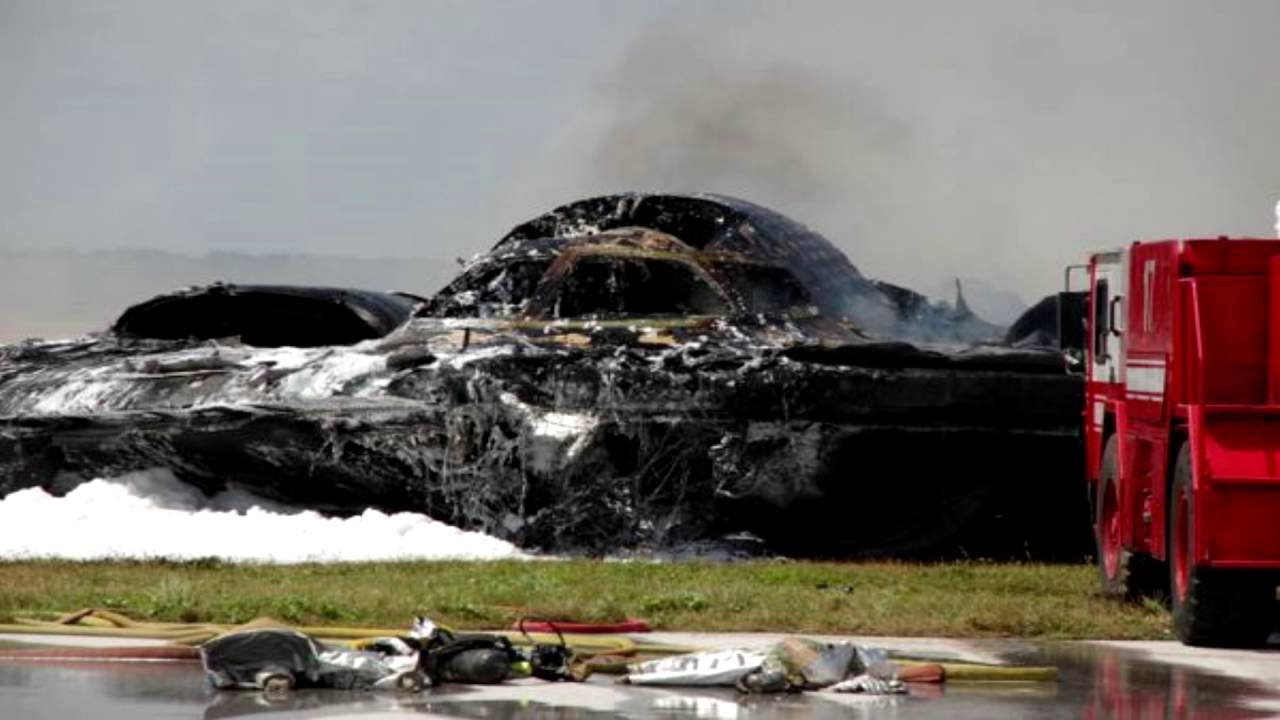
 f86sabre
> ttyymmnn
f86sabre
> ttyymmnn
02/23/2018 at 13:30 |
|
The -90. Oy.
Also, for Delta it is Air Lines and not Airlines. It’s one of the ways I judge vendors when they come to see us. Did they get our name right on the PowerPoint.
 ttyymmnn
> f86sabre
ttyymmnn
> f86sabre
02/23/2018 at 14:00 |
|
Sorry about that. I don’t know how many times I’ve checked that, but it still sneaks in.
 ttyymmnn
> user314
ttyymmnn
> user314
02/23/2018 at 14:05 |
|
It’s too bad we don’t have any of those monster flying boats any more. They were awesome.
 ttyymmnn
> MonkeePuzzle
ttyymmnn
> MonkeePuzzle
02/23/2018 at 14:05 |
|
I hadn’t noticed that, but you’re right.
 ttyymmnn
> MonkeePuzzle
ttyymmnn
> MonkeePuzzle
02/23/2018 at 14:08 |
|
Dazzle paint wasn’t just for ships. Although the idea didn’t make it much past these concept tests.
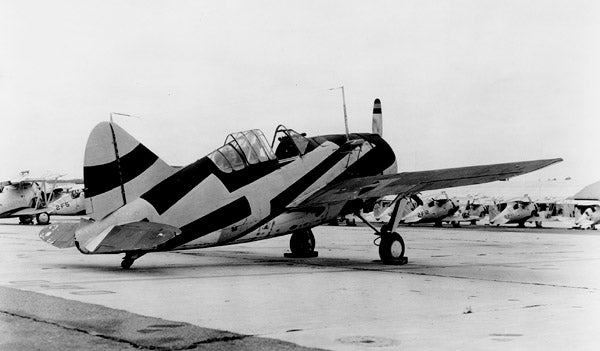
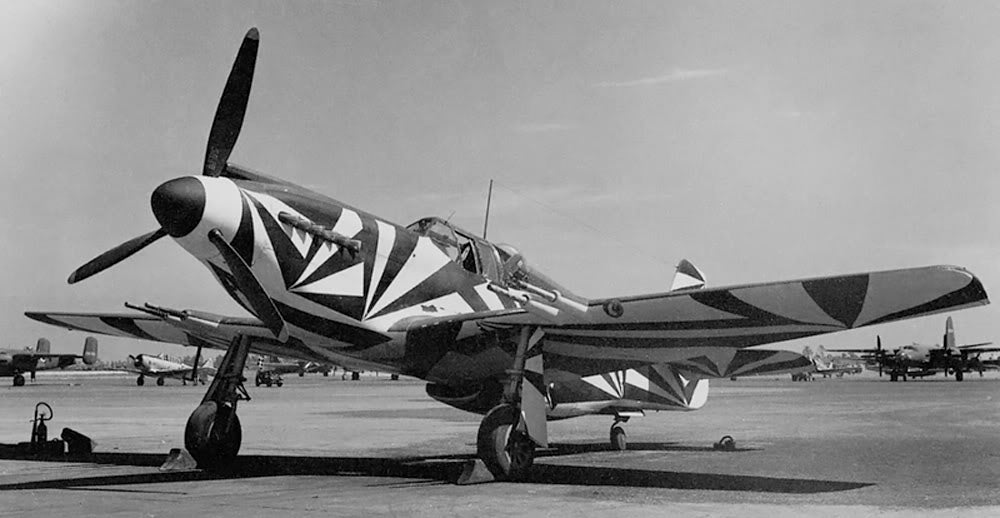
 f86sabre
> ttyymmnn
f86sabre
> ttyymmnn
02/23/2018 at 15:40 |
|
Heck, I do it from time to time!
 ttyymmnn
> f86sabre
ttyymmnn
> f86sabre
02/23/2018 at 15:42 |
|
I fixed this post, and actually went back and fixed some older ones. Those sorts of errors bug me.
 Chariotoflove
> ttyymmnn
Chariotoflove
> ttyymmnn
02/23/2018 at 19:37 |
|
You should do a feature on the British naval carrier role in WWII in the Pacific.
 Aero
> ttyymmnn
Aero
> ttyymmnn
02/23/2018 at 22:18 |
|
Sea Fury’s are such beasts, I love ‘em.
 ttyymmnn
> Aero
ttyymmnn
> Aero
02/23/2018 at 23:39 |
|
Aircraft like the Sea Fury, and the Bearcat, are amazing. They represent the zenith of piston fighter development. As you said, such beasts.
 Aero
> ttyymmnn
Aero
> ttyymmnn
02/24/2018 at 13:57 |
|
!!! UNKNOWN CONTENT TYPE !!!